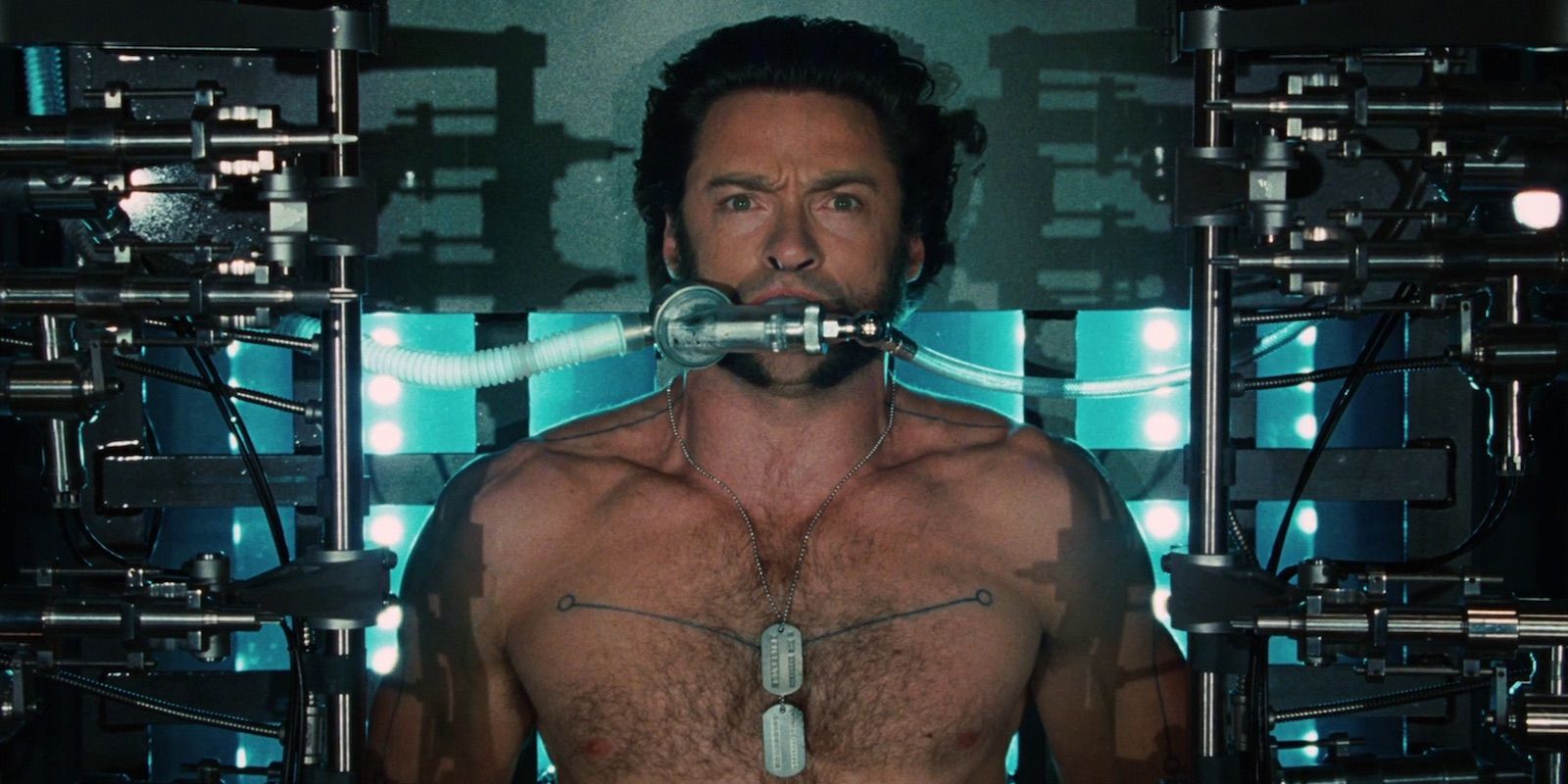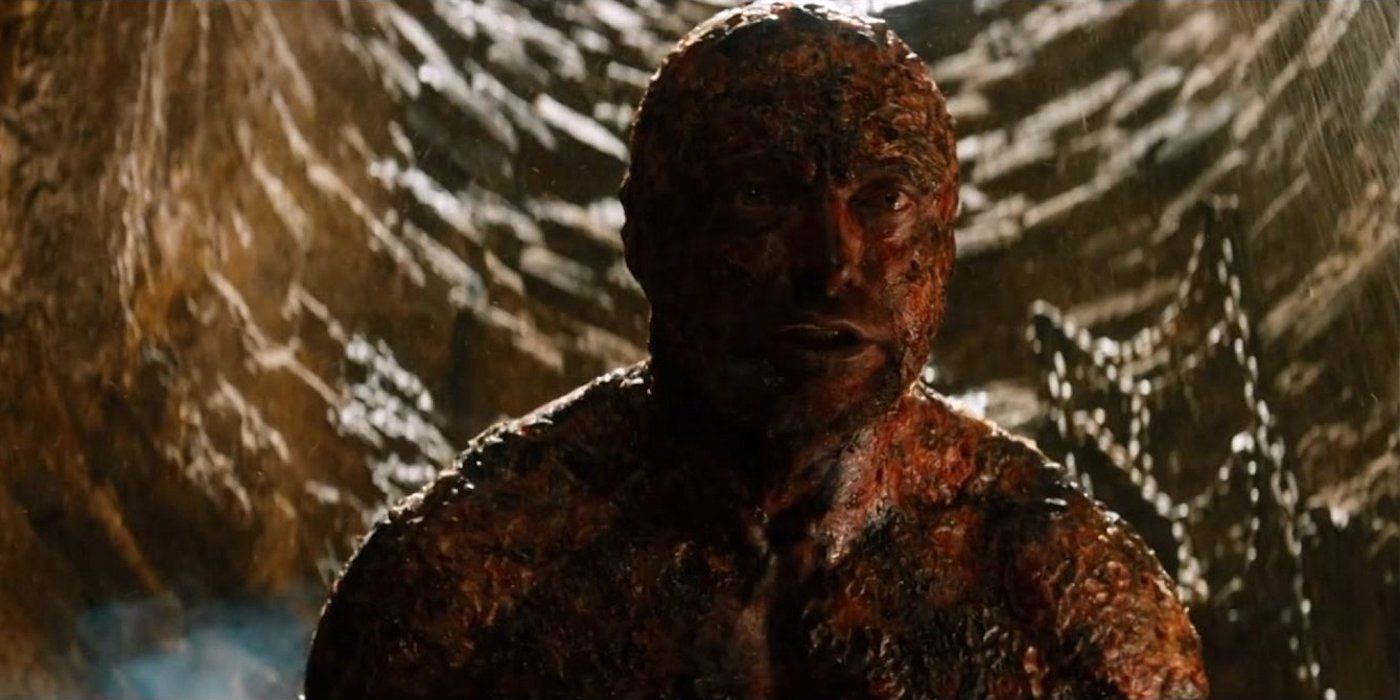Wolverine's ability to heal from any wound may be the most useful mutant superpower out of all Marvel's X-Men, but believe it or not, science might actually be making Logan's comic book healing factor a reality for everyday humans.
At the very least, Harvard University researchers are beginning to understand how such regeneration could be possible, and identifying the genetic "switches" (or mutations) that could unlock it in for non-superheroes. And in the process, make the comic book origin of Wolverine's healing more plausible than almost any other X-Men ability.
RELATED: Sci-Fi Movies & Shows You Had NO IDEA Were Based On True Events
Where most of Marvel's comic mutants are basically superpowered people with "mutation" used as an explanation, Wolverine's stands apart. No mind control, no control over weather, just a greater-than-natural ability to heal. And on paper, the actual 'healing factor' made famous by Wolverine's roles in X-Men movies isn't too much of a leap from believability. In fact, it's partly shared by humans already. When Wolverine fires out his metal-coated bone claws with a heroic 'SNIKT,' for instance, they slice through his skin like they would a normal person. And just like a normal person, the skin and tissue heals over as it was before. But Wolverine can heal from practically any wound, where human bodies can only heal so much. At least... for now.
There's a good chance that most people never stop to wonder how our bodies know exactly how to heal--that is, how to perfectly reconstruct, on a cellular level, wounded areas. Massive injuries may be solved only by scar tissue, but minor scrapes and slices can heal without a trace in essentially the same way as Logan. But to date, even the most advanced science can't entirely explain how that happens. Or more accurately, what dictates the body's ability. Why can a small child grow back the tip of a finger or toe if lost early enough in development, when an adult can't? What changed? What switch was flipped? Why was this 'healing factor' eventually turned off?
Studies into things like the body's extracellular matrix can offer insights, but in the Science journal (via Yahoo) researchers at Harvard University have explained their own progress towards a breakthrough. After studying the ability of three-banded panther worms (nowhere near as cool as their name suggests, trust us) to regrow massive sections of their bodies, scientists succeeded in first identifying, and now interrupting the gene responsible for triggering that cellular regeneration. Dr Mansi Srivastava, Assistant Professor of Organismic and Evolutionary Biology at Harvard explains:
"We were able to decrease the activity of this gene and we found that if you don't have EGR (early growth response), nothing happens. The animals just can't regenerate. All those downstream genes won't turn on, so the other switches don't work, and the whole house goes dark, basically."
So, how does this help human beings heal from wounds and regrow limbs and organs like Deadpool or Wolverine? For starters, human beings also exhibit early growth response, but nowhere near the level needed to trigger our own DNA into programming cells for mass regeneration. What makes the breakthrough so promising is that the gene which 'turned the whole house dark' was found in the majority of the worms' genome typically seen as useless, or 'junk' DNA. And if you've followed genetic theory even casually over the last decade, you already know that this so-called 'useless' DNA (making up close to 99% of the human genome) is likely the next frontier for genetic research.
The worms in question, like lizards, and several forms of marine life are able to passively regenerate their entire bodies perfectly, while human beings show potential... but fall short. And if their junk DNA--previously thought useless since it doesn't do the gentic coding itself--holds the key to turning that healing factor on or off, the question is clear: can scientists learn how to unlock the same cascade of genes in humans? Our healing factor 'houses' may be dark for now, but could it be just as simple as flipping a switch back on?
It might sound like science fiction or comic book fantasy, but it offers an even simpler, scientifically reasonable explanation for Wolverine's ability. In short, his genetic mutation could be as simple as being born with that switch flipped, already set to the 'on' position. Who knows, in a decade or two Marvel Comics may be forced to tweak Wolverine's official power. "Every human can heal and regrow their limbs, sure... but Wolverine can do it right away."



